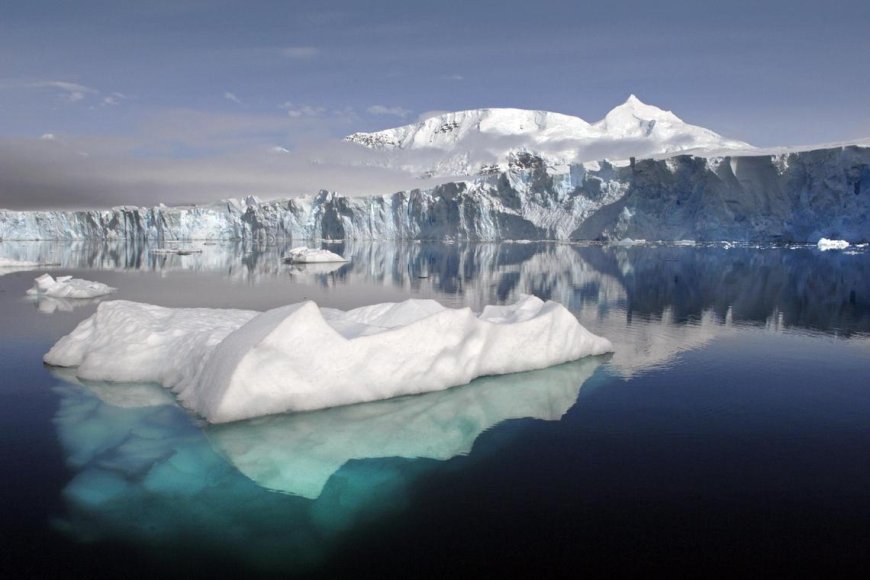Study Shows Saltier Seas Near Antarctica Result in Less Ice and More Heat
Research reveals that increasing salinity in seawater near Antarctica is contributing to the decline in sea ice observed over the past decade. The study, published in the Proceedings of the National Academy of Sciences, highlights the impact on global warming and sea-level rise. The findings suggest a shift towards a new environmental system.

Increases in salinity in seawater near the surface could help explain some of the decrease in Antarctic sea ice that have been observed over the past decade. Some of the water around Antarctica has been getting saltier, affecting the amount of sea ice at the bottom of the planet. A study published in the Proceedings of the National Academy of Sciences found that the increase in salinity could be a factor in the decline of Antarctic sea ice, reversing a previous period of growth.
The impact of Antarctic ice is significant in terms of sea-level rise and global warming. Each year, sea ice melts in the summer and refreezes in the winter, reflecting the sun's heat. The study used satellite data to track changes by measuring brightness, which correlates with salt content. The rising salinity is drawing warmer water upward, causing the ice to melt and preventing it from growing back as much in the winter.
Sharon Stammerjohn, a senior research associate at the University of Colorado Boulder, described the study as a missing link in understanding Antarctic sea-ice changes. Rising salinity is disrupting the ocean's heat-trapping mechanism, leading to more heat escaping to the surface. The cancellation of satellite data by the Department of Defense could impact research on sea ice changes and hurricane forecasting.
According to the source: The Straits Times.
What's Your Reaction?
 Like
0
Like
0
 Dislike
0
Dislike
0
 Love
0
Love
0
 Funny
0
Funny
0
 Angry
0
Angry
0
 Sad
0
Sad
0
 Wow
0
Wow
0

















































































































































